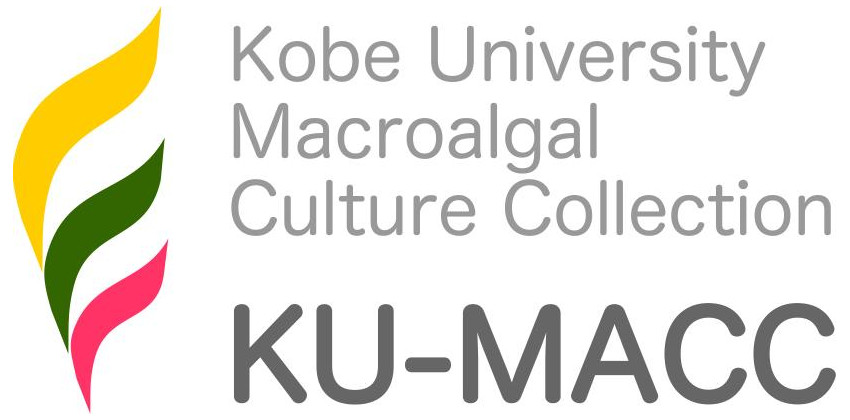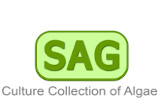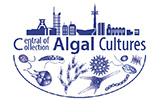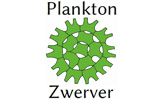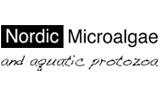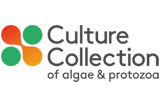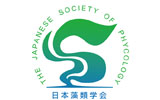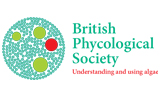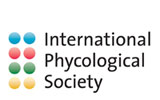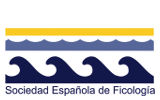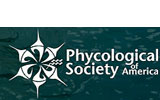Alexandrium tamarense (Lebour) Balech 1995
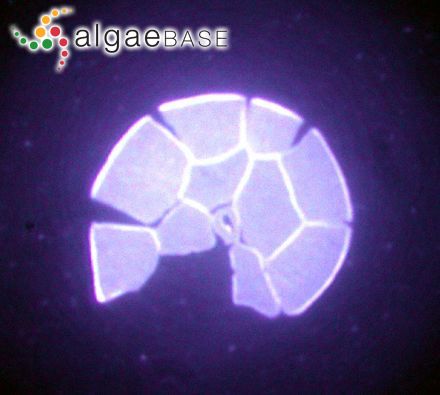
Current name:
Alexandrium tamarense (Lebour) Balech
Thecal plate structure of the epitheca. The epitheca has been flattened and broken apart at the joint between the first apical plate and the fourth apical and sixth precingular plates. One can see a pore along the join between the first and fourth apical Robin Raine (Robin.Raine@nuigalway.ie)
Publication Details
Alexandrium tamarense (Lebour) Balech 1995: 38, pl. 6: figs 1-40; pl. 7: figs 1-9
Published in: Balech, E. (1995). The genus Alexandrium Halim (Dinoflagellata). pp. 1-151. Sherkin Island: Sherkin Island Marine Station.
Type Species
The type species (holotype) of the genus Alexandrium is Alexandrium minutum Halim.
Status of Name
This name is of an entity that is currently accepted taxonomically.
Basionym
Gonyaulax tamarensis Lebour
Type Information
Type locality: English Channel: River Tamar Estuary, near Plymouth, United Kingdom; (Faust & Gulledge 2002: 18) Notes: "LECTOTYPE: Plate XIV, figures 1a-1d (Lebour 1925) is designated here as the lectotype for Gonyaulax tamarensis M. Lebour (ICN Art 9.8).
EPITYPE: SEM stub of strain ATSW01-1 is designated here as epitype for A. tamarense (M. Lebour 1925) Balech 1985 emended U. John (Fig. 5). It is deposited at the Herbarium Senckenbergianum (FR) in the Centre of Excellence for Dinophyte Taxonomy (identification number CEDiT2013E27)." (John et al. 2014: 792).
General Environment
This is a marine species.
Created: 26 April 2002 by M.D. Guiry.
Last updated: 28 February 2024
Verification of Data
Users are responsible for verifying the accuracy of information before use, as noted on the website Content page.
Taxonomic note
According to Lilly et al. (2007: 1336), the three morphospecies of the A. tamarense complex do not conform to the phylogenetic, biological, or morphological species definition and thus ought not to be considered valid species. Instead, five phylogenetic groups have been identified that are likely cryptic species, and they strongly recommend that these groups be evaluated for species-level status. They argue that geographically based names are no longer indicative of the range occupied by members of each group. They recommend a simple group-numbering scheme for use until the taxonomy of this group is reevaluated and species names proposed.
The sympatric occurrence of A. tamarense Group I and Group III gives further support to the hypothesis that the groups/ribotypes of the A. tamarense species complex are cryptic species rather than variants belonging to the same species (Toebe et al. 2013). - (11 March 2008) - G.M. Guiry
Usage notes
Faust & Gulledge (2002: 19) notes this species produces very potent paralytic shellfish poison (PSP) neurotoxins; gonyautoxins, neosaxitoxin and saxitoxin. Resting cysts can harbour PSP toxins, it was been demonstrated that cysts were more toxic than their motile stage. Humans, other mammals, fish and birds can be affected. Please consult original reference for further details.
Harmful species - (11 May 2006) - G.M. Guiry
Toxin- and non toxin-producing strains (Brown et al. 2011). - (20 January 2011) - G.M. Guiry
Linking to this page: https://www.algaebase.org/search/species/detail/?species_id=40299
Citing AlgaeBase
Cite this record as:
G.M. Guiry in Guiry, M.D. & Guiry, G.M. 28 February 2024. AlgaeBase. World-wide electronic publication, National University of Ireland, Galway. https://www.algaebase.org; searched on 29 March 2025
 Request PDF
Request PDF